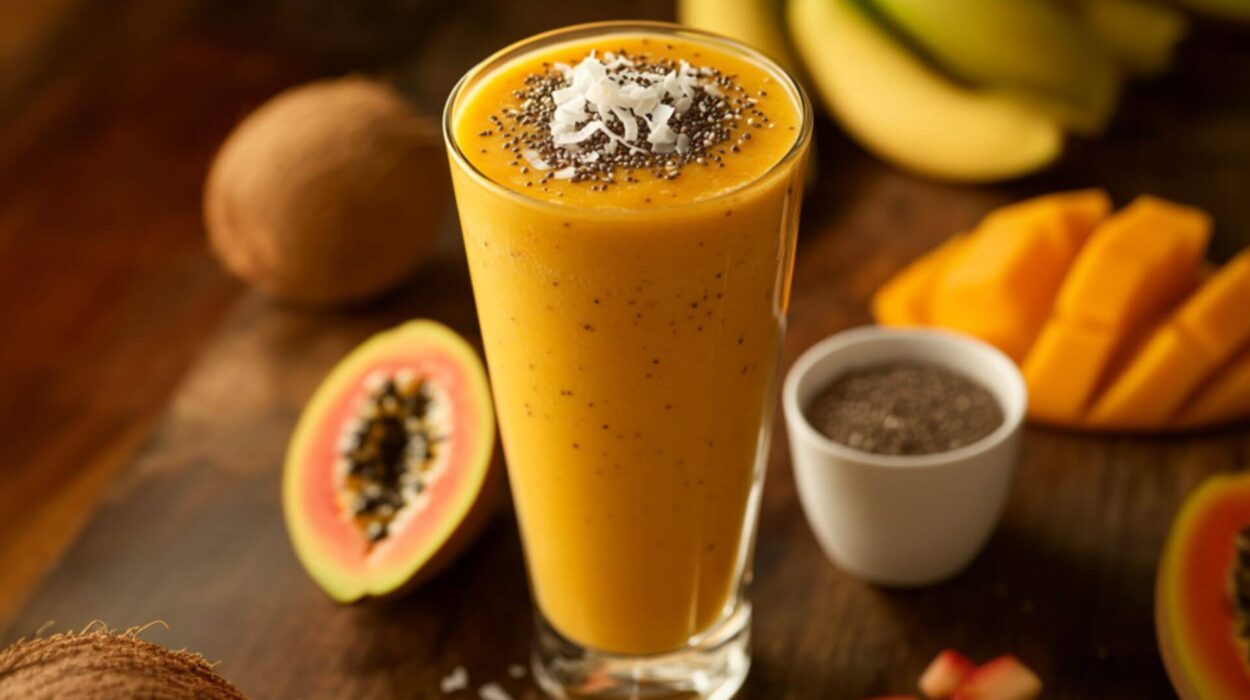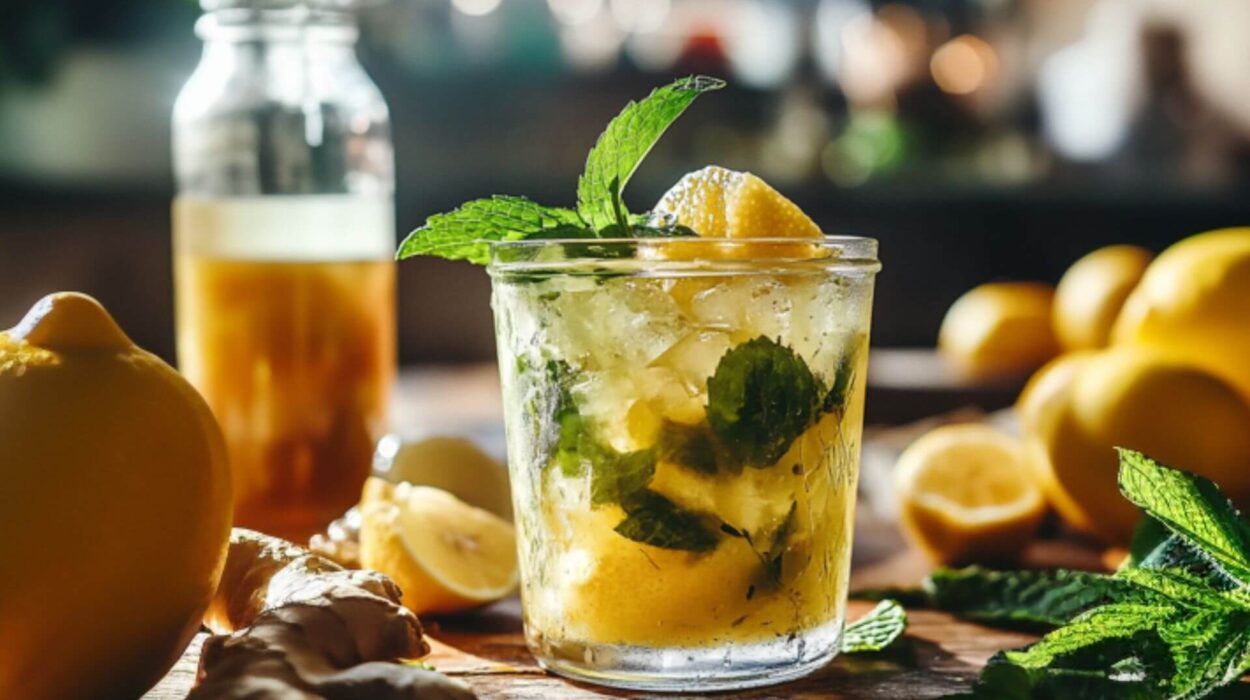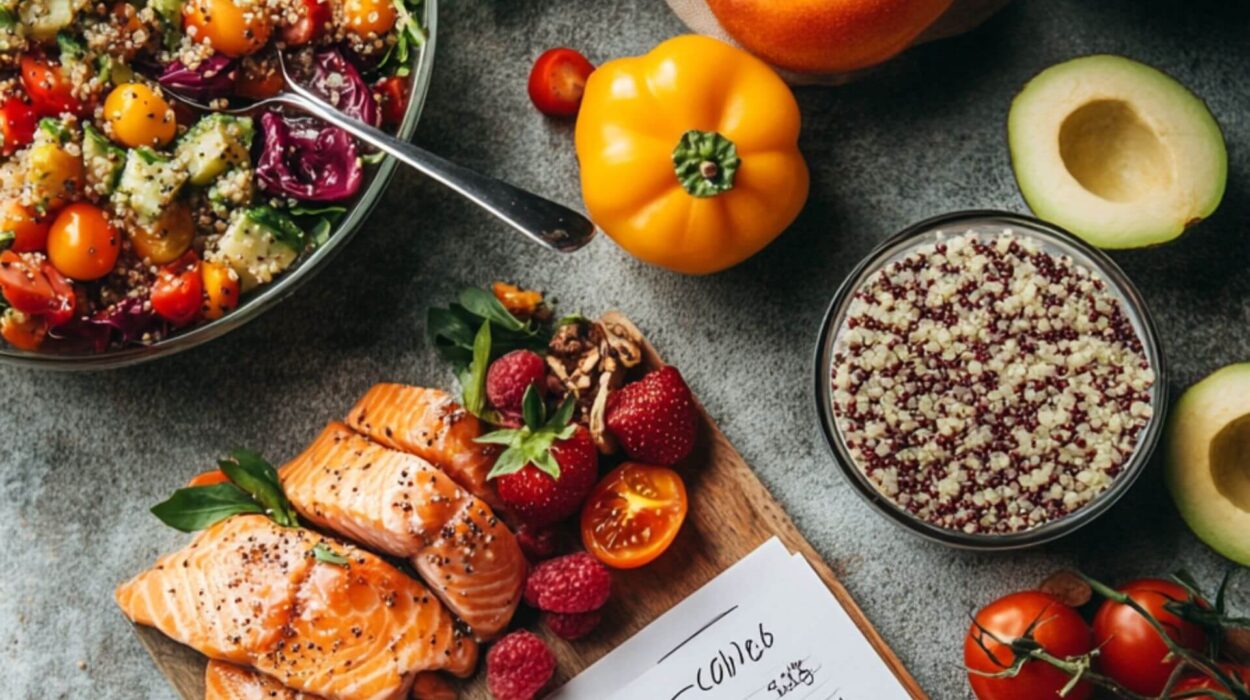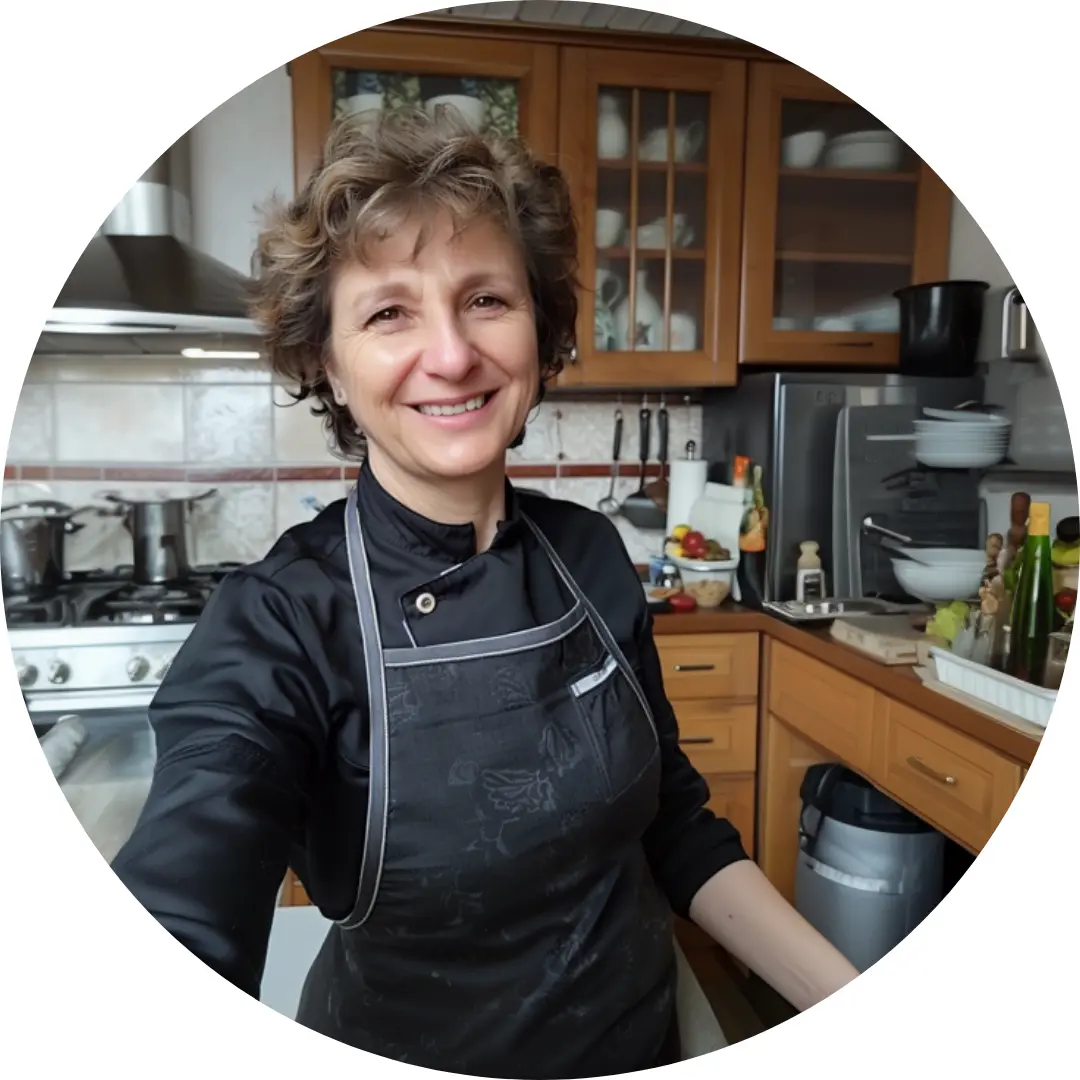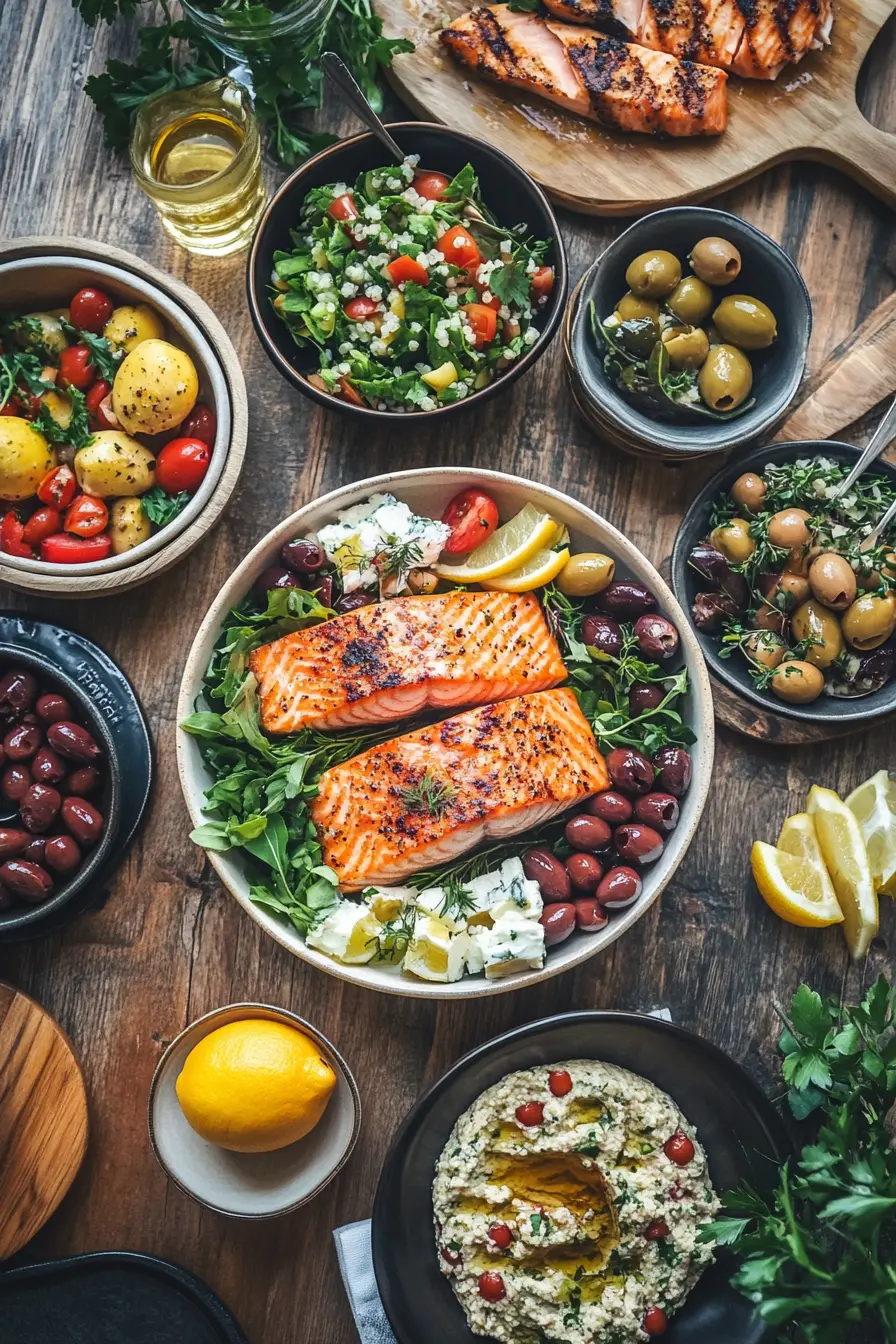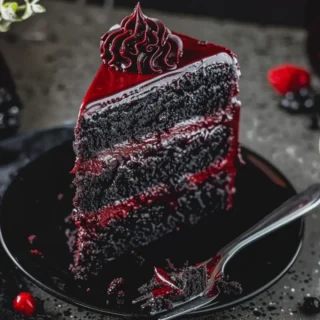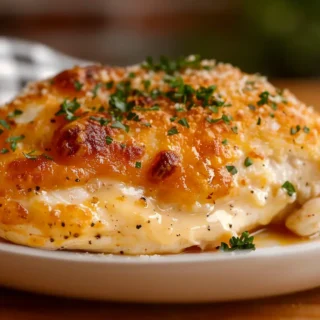Baked chicken breasts are one of the easiest, healthiest, and most delicious meals you can make. Whether you’re meal prepping for the week or making a quick dinner, knowing how to bake chicken breasts properly ensures you get tender, juicy, and flavorful results every time.
In this guide, we’ll cover everything you need to know—from choosing the right seasoning and temperature to avoiding dry, overcooked chicken. By the end, you’ll have the perfect recipe for making baked chicken breasts that turn out amazing every time!
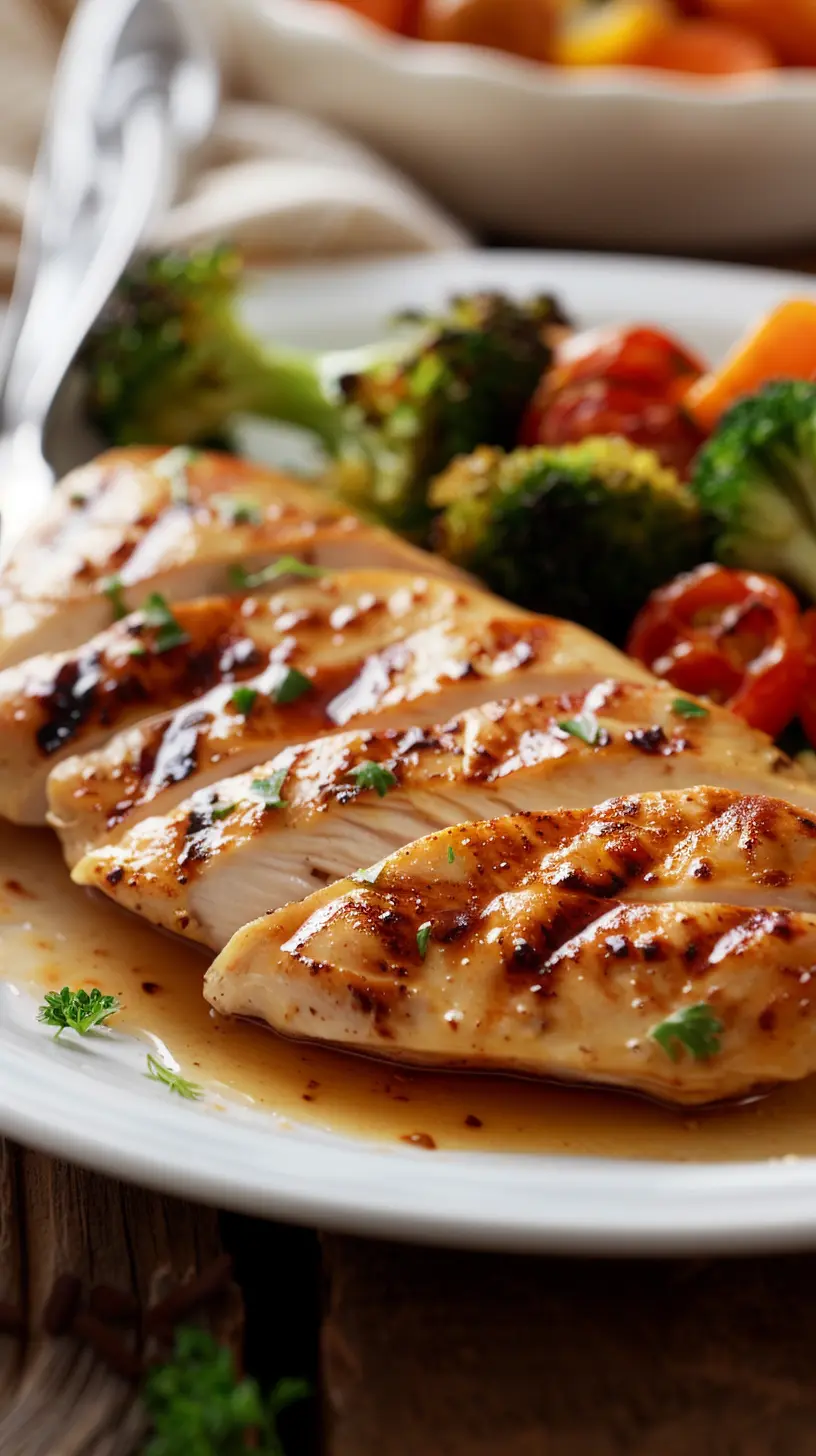
Table of Contents
Why Baked Chicken Breasts Are a Healthy and Delicious Choice
Baking chicken breasts is one of the best ways to prepare a protein-packed meal that’s both nutritious and easy to make. Unlike frying, baking uses less oil while still delivering juicy and flavorful results. Here’s why you should consider baking your chicken breasts.
Benefits of Baking Chicken Breasts
Baking chicken is a great cooking method that preserves the natural flavors of the meat while keeping it tender and moist. Some of the key benefits include:
- Healthier Option – Baking requires minimal oil, making it a low-fat cooking method compared to frying.
- Even Cooking – The oven provides consistent heat, ensuring that the chicken cooks evenly without burning.
- Hands-Off Cooking – Unlike stovetop cooking, baking allows you to prep other ingredients while the chicken cooks.
- Great for Meal Prep – Baked chicken breasts can be made in bulk and stored for easy meals throughout the week.
Nutritional Value of Baked Chicken Breasts
Chicken breasts are a great source of lean protein, which helps build muscle, keep you full, and support overall health. Below is a breakdown of the nutritional benefits per 3.5 oz (100g) serving of baked chicken breast:
| Nutrient | Amount | % Daily Value |
|---|---|---|
| Calories | 165 kcal | – |
| Protein | 31g | 62% |
| Fat | 3.6g | 5% |
| Carbohydrates | 0g | 0% |
| Iron | 0.9mg | 5% |
| Vitamin B6 | 0.6mg | 30% |
Since chicken breast is naturally low in fat and carbohydrates, it’s an excellent choice for those following a high-protein, low-carb, or weight-loss diet.
Ingredients and Seasonings for Perfectly Baked Chicken Breasts
To make the best baked chicken breasts, using the right ingredients and seasonings is essential. Whether you like your chicken spicy, garlicky, or herb-infused, the right combination of flavors will make all the difference.
Essential Ingredients for Baked Chicken Breasts
Before you start baking, gather these simple ingredients:
- Chicken Breasts – Boneless, skinless breasts work best for quick and even cooking.
- Olive Oil – Helps keep the chicken moist and enhances flavor.
- Garlic Powder – Adds a deep, savory taste.
- Paprika – Provides color and a mild smoky flavor.
- Salt & Pepper – Essential for enhancing natural flavors.
- Lemon Juice – Helps tenderize the chicken and adds a slight tang.
Best Seasonings for Flavorful Chicken
If you want to switch up the flavor of your baked chicken breasts, try these seasoning blends:
- Classic Herb Seasoning: Garlic powder, onion powder, thyme, rosemary, and oregano.
- Spicy Cajun Blend: Paprika, cayenne pepper, garlic powder, black pepper, and salt.
- Mediterranean Flavor: Lemon juice, olive oil, garlic, oregano, and parsley.
- Honey Mustard Glaze: Dijon mustard, honey, garlic powder, and a touch of soy sauce.
Seasoning is key to creating juicy, flavorful baked chicken breasts that never taste bland!
Step-by-Step Guide on How to Bake Chicken Breasts
Perfectly baked chicken breasts require the right preparation, temperature, and cooking time. Follow these steps to ensure juicy, flavorful chicken every time.
Preparing the Chicken for Baking
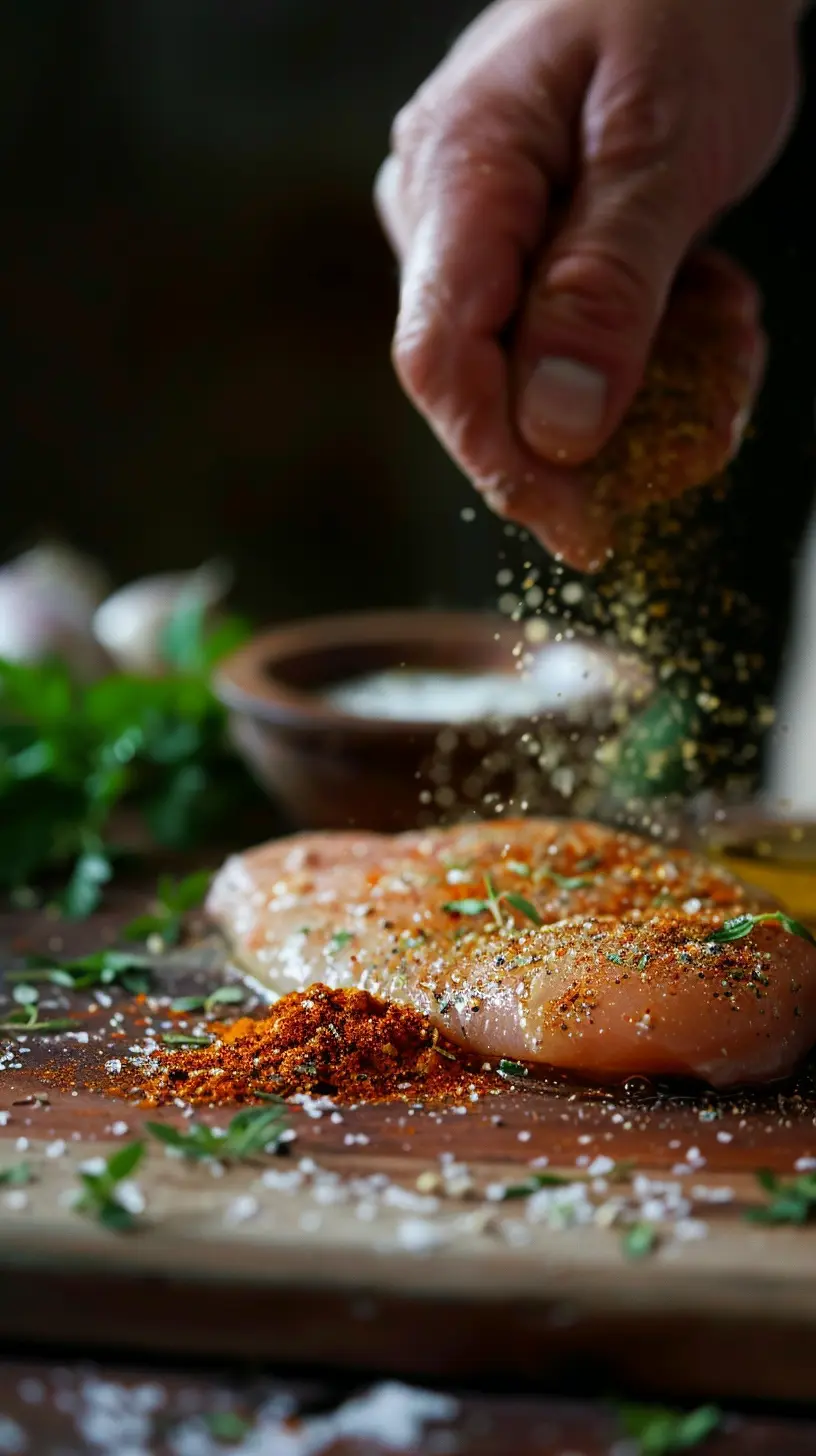
Before you start cooking, proper preparation ensures even cooking and great flavor.
- Trim the Chicken – Remove any excess fat or connective tissue.
- Pound the Chicken – Lightly pound thicker parts to ensure even cooking.
- Pat Dry – Use paper towels to remove excess moisture for better seasoning adhesion.
- Season Generously – Coat both sides of the chicken with oil and your chosen seasonings.
- Let It Rest – Allow seasoned chicken to sit for 15 minutes at room temperature for better absorption.
Best Temperature for Baking Chicken Breasts
Baking temperature plays a crucial role in getting juicy results.
- Bake at 350°F (175°C) – Slower cooking, better moisture retention.
- Bake at 400°F (200°C) – Faster cooking with a lightly crisped exterior.
Cooking Time for Juicy Chicken Breasts
| Oven Temperature | Cooking Time (Boneless, Skinless Breast) |
|---|---|
| 350°F (175°C) | 25–30 minutes |
| 375°F (190°C) | 22–26 minutes |
| 400°F (200°C) | 18–22 minutes |
| 425°F (220°C) | 15–20 minutes |
Tip: Always check the internal temperature using a meat thermometer. Chicken is fully cooked at 165°F (74°C).
The Secret to Keeping Chicken Breasts Moist and Tender
Dry, tough chicken breasts are the worst! To ensure your baked chicken stays moist and juicy, follow these simple tips.
Using Marinades and Brines
Marinating or brining your chicken before baking locks in moisture and enhances flavor.
- Marinade – A mix of olive oil, lemon juice, garlic, and herbs works well for flavor and tenderness.
- Brining – Soaking chicken in salted water (¼ cup salt per 4 cups water) for 30 minutes keeps it juicy.
Why Resting Chicken After Baking is Important
Let your chicken rest for 5–10 minutes after baking. This allows the juices to redistribute throughout the meat, making each bite tender and flavorful.
Should You Bake Chicken Breasts Covered or Uncovered?
One common question when baking chicken breasts is whether to cover them with foil or leave them uncovered. The decision impacts moisture, texture, and cooking time.
Pros and Cons of Covering Chicken While Baking
| Method | Pros | Cons |
|---|---|---|
| Covered | Retains moisture, prevents drying out | No crispy texture, longer cooking time |
| Uncovered | Produces a lightly crisped exterior | Can dry out if overcooked |
How Foil Affects Cooking Time and Moisture
If you cover the chicken with foil, the trapped steam keeps it moist but extends cooking time by about 5–7 minutes. If you prefer a slightly crispy texture, leave the chicken uncovered.
Best Approach? Bake uncovered for the majority of the cooking time, then cover loosely with foil for the last 5 minutes if needed.
PART 6: Baking Chicken Breasts at 350°F vs. 400°F
A common debate is whether to bake chicken at 350°F or 400°F. The choice depends on how much time you have and the texture you prefer.
Which Temperature is Better for Baking Chicken?
| Temperature | Best For | Pros | Cons |
|---|---|---|---|
| 350°F (175°C) | Juicy, tender chicken | Retains moisture | Takes longer |
| 400°F (200°C) | Slightly crisp, juicy inside | Cooks faster | Risk of drying out if overcooked |
How Cooking Temperature Affects Juiciness and Texture
- For meal prep or a softer texture, bake at 350°F.
- For a golden brown, slightly crisped exterior, bake at 400°F.
- If using thicker chicken breasts, consider starting at 400°F for 10 minutes, then lowering to 350°F for the remaining time.
How to Tell When Baked Chicken Breasts Are Fully Cooked
Cooking chicken to the right temperature is crucial for both safety and flavor. Undercooked chicken can be dangerous, while overcooked chicken turns dry and tough.
Internal Temperature for Safe Eating
The USDA recommends cooking chicken to an internal temperature of 165°F (74°C) to ensure it’s safe to eat.
| Chicken Cut | Safe Internal Temperature |
|---|---|
| Boneless Chicken Breasts | 165°F (74°C) |
| Bone-In Chicken Breasts | 170°F (77°C) |
| Thighs & Drumsticks | 175°F (79°C) |
Using a Meat Thermometer for Accuracy
To avoid guessing, always use a meat thermometer:
- Insert the thermometer into the thickest part of the chicken breast.
- Avoid touching bone (if using bone-in chicken) for an accurate reading.
- Check for 165°F (74°C)—if it’s lower, bake for a few more minutes and recheck.
Other Signs Your Chicken is Done
If you don’t have a thermometer, check for these signs:
- Juices run clear (not pink) when you cut into the chicken.
- Firm texture—raw chicken feels rubbery, while cooked chicken is firm but not dry.
- No pink color—fully cooked chicken should be white inside.
Best Side Dishes to Serve with Baked Chicken Breasts
Baked chicken breasts pair well with a variety of healthy and delicious side dishes. Whether you prefer low-carb options or hearty comfort foods, here are some great pairings.
Healthy Vegetable Side Dishes
For a nutritious and balanced meal, try these veggie-based sides:
- Garlic Roasted Broccoli – Crisp and flavorful with a touch of parmesan.
- Honey-Glazed Carrots – A natural sweetness that pairs well with savory chicken.
- Brussels Sprouts with Balsamic Glaze – Tangy, caramelized, and full of flavor.
- Zucchini Noodles (“Zoodles”) – A great low-carb alternative to pasta.
Carb Options for a Complete Meal
If you want something more filling, pair your chicken with these carbs:
- Garlic Butter Mashed Potatoes – Creamy and indulgent.
- Brown Rice Pilaf – A healthier alternative to white rice.
- Quinoa Salad with Lemon Dressing – A light and protein-packed option.
- Whole Wheat Dinner Rolls – Perfect for soaking up extra juices.
Storing and Reheating Baked Chicken Breasts
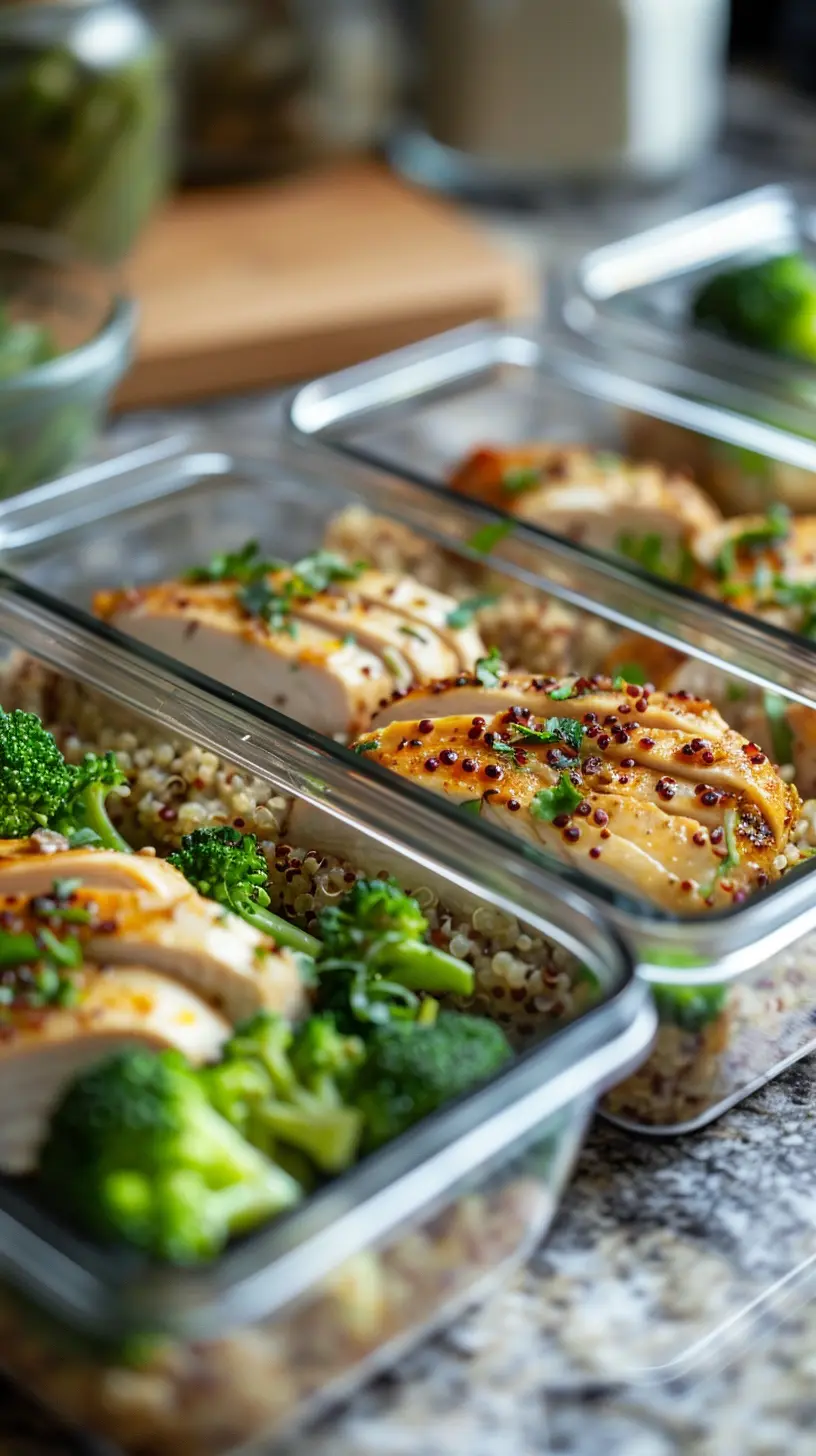
Baked chicken breasts are perfect for meal prep, but proper storage and reheating ensure they stay fresh and flavorful. Follow these tips to keep your leftovers from drying out.
How to Store Leftover Chicken Properly
To maintain the best texture and taste, follow these storage methods:
| Storage Method | Temperature | Shelf Life |
|---|---|---|
| Refrigerator (Airtight Container) | 35–40°F (1–4°C) | 3–4 Days |
| Freezer (Wrapped in Plastic or Foil) | 0°F (-18°C) | Up to 3 Months |
Storage Tips:
✔️ Let the chicken cool before storing to prevent condensation.
✔️ Store in an airtight container to prevent drying out.
✔️ If freezing, wrap each chicken breast individually in plastic wrap + foil for the best freshness.
Best Ways to Reheat Without Drying Out
Reheating chicken the wrong way can make it tough and dry. Here’s how to keep it juicy:
1. In the Oven (Best Method for Moisture Retention)
- Preheat oven to 325°F (163°C).
- Place chicken in a baking dish and add a splash of broth or water.
- Cover with foil and heat for 10–15 minutes until warmed through.
2. On the Stovetop (Quick & Effective)
- Heat a nonstick pan over medium-low heat.
- Add a splash of broth or oil to prevent dryness.
- Cook for 3–4 minutes per side, flipping occasionally.
3. In the Microwave (Fastest Method, But Be Careful!)
- Slice chicken into smaller pieces for even reheating.
- Cover with a damp paper towel to retain moisture.
- Microwave on 50% power in 30-second intervals until heated through.
FAQs About Baked Chicken Breasts
Is it better to bake chicken at 350 or 400?
Both temperatures work! 350°F keeps chicken moist but takes longer, while 400°F cooks faster with a slightly crispier texture.
How long should you cook chicken breast in the oven?
350°F: 25–30 minutes
375°F: 22–26 minutes
400°F: 18–22 minutes
425°F: 15–20 minutes
How do you bake chicken breast so they don’t dry out?
Use a meat thermometer, bake at the right temperature, and let the chicken rest for 5–10 minutes before slicing.
Do you bake chicken breasts covered or uncovered?
Uncovered gives a better texture, but covering with foil in the last 5 minutes helps retain moisture.
How long does raw chicken take to bake at 400?
Boneless, skinless chicken breasts take 18–22 minutes at 400°F. Always check for an internal temperature of 165°F (74°C).
When to cook at 350 vs 400?
Use 350°F for juicier chicken and 400°F for a quicker cook with a golden crust.
